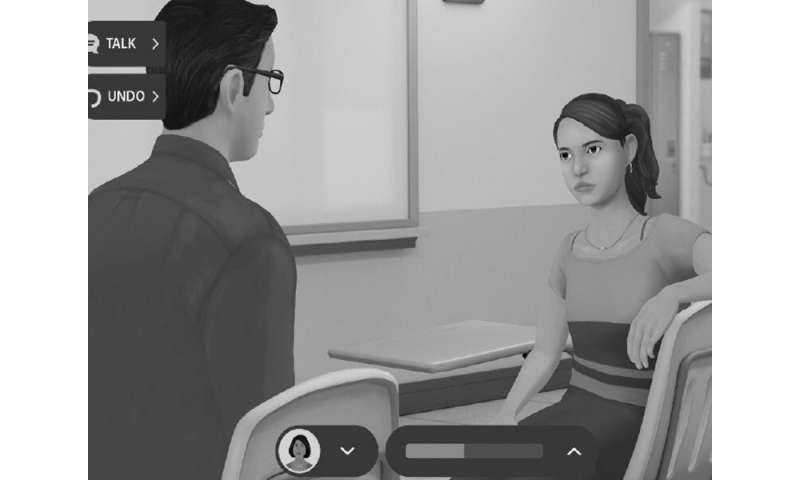
Aside from car crashes, suicide is now the second-leading cause of death among young people in the United States, according to the Centers for Disease Control. In Ohio alone, suicide is the leading cause of death for 10- to 14-year-olds, according to new data from the state’s health department.
Experts agree that among the most effective ways to prevent suicide among youth is getting adults to pay attention to the warning signs.
Toward that goal, new research from Case Western Reserve University examined the impact of virtual training on the mental-health and suicide-prevention skills of more than 33,000 middle-school educators. The researchers found, overwhelmingly, that those who completed the training had “higher levels of preparedness” in identifying suicide warning signs than participants at the pre-test evaluation.
“Middle-school educators can play a big role in suicide prevention,” said Jane Timmons-Mitchell, a senior research associate at the Begun Center for Violence Prevention Research and Education at the university’s Jack, Joseph and Morton Mandel School of Applied Social Sciences. “These educators are the gatekeepers. It’s not just teachers—this is everyone in the educational system, from lunch ladies to bus drivers.”
The idea behind the research was to get more educators trained—and to bring more awareness to the importance of the training—in suicide prevention.
“Bus drivers, for example have a great baseline for what a student is usually like, and they’re on the frontlines and are able to watch out for behavior that’s out of the ordinary,” Timmons-Mitchell said.
The virtual training, Kognito At-Risk simulation, is essentially an online role-playing video game that replicates interactions with at-risk youth. The program also covers topics such as bullying, she said.
Timmons-Mitchell, lead evaluator on the research, said that of the 33,703 educators nationally who participated, more than 90% had never received any kind of mental-health training.
“The training by itself, while helpful, is just a part of the system,” she said. “The training helps teach them about the next steps, which includes getting the information to trained professionals such as guidance counselors.”
More than half the states nationally—and a few other countries—already require this type of training, Timmons-Mitchell said.
Source: Read Full Article



